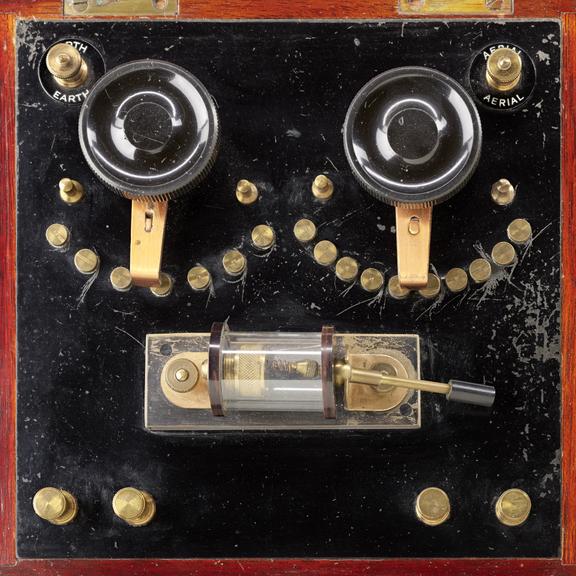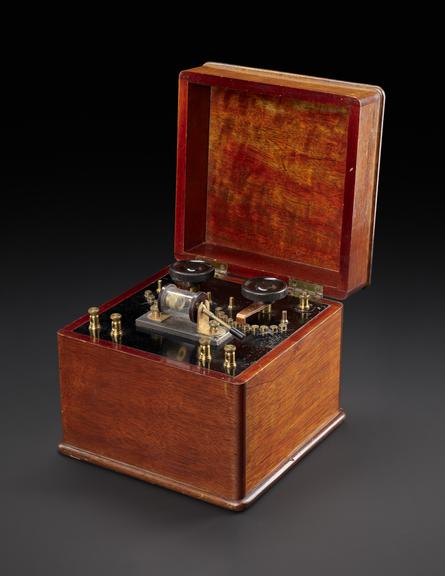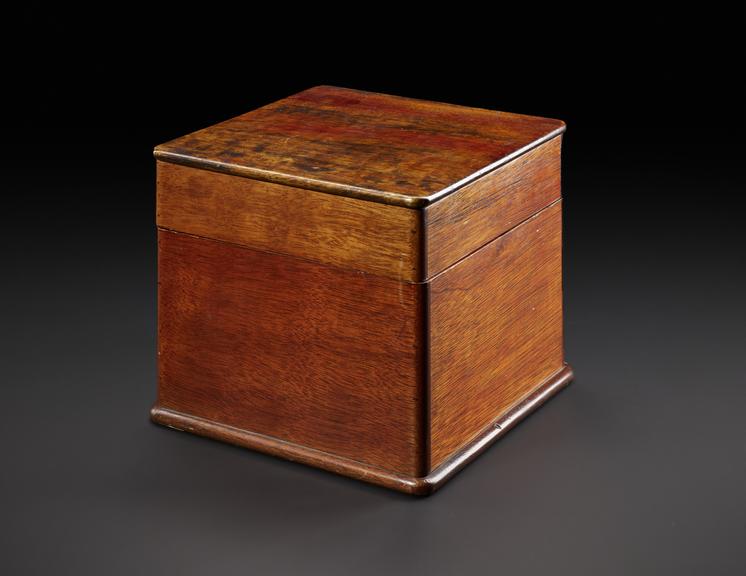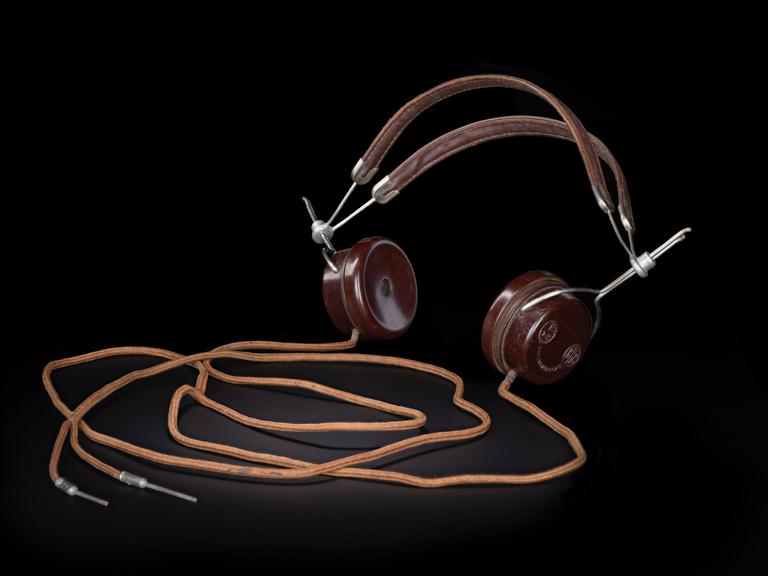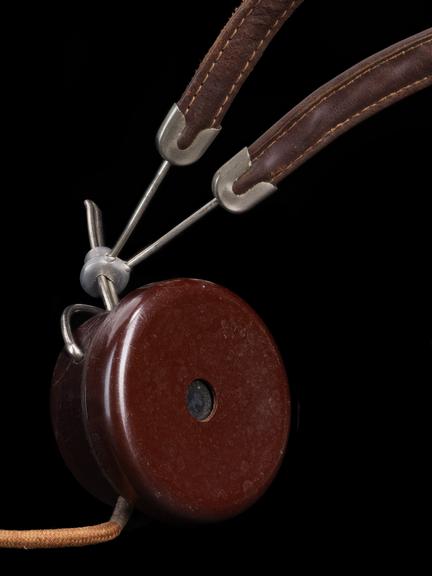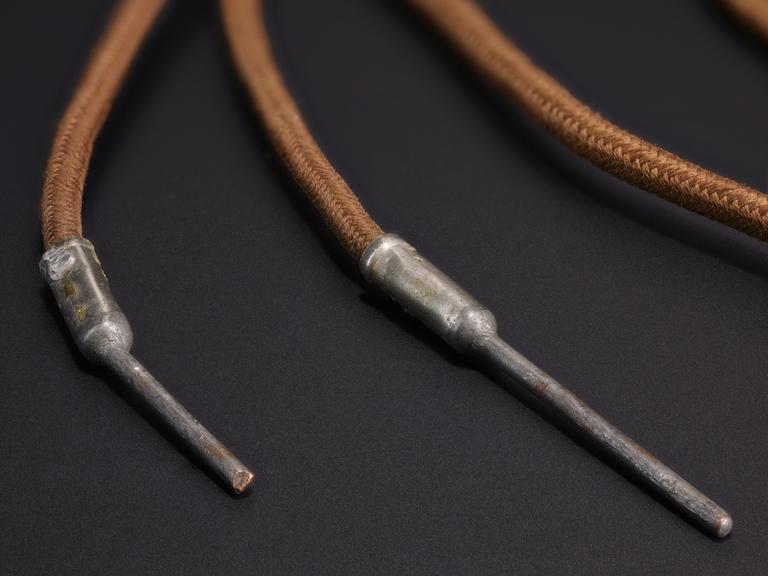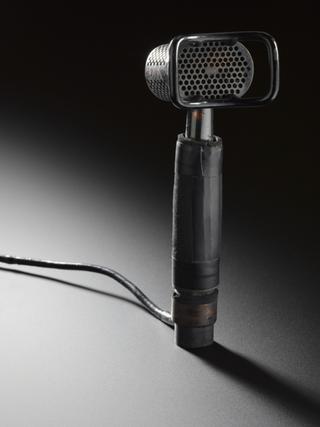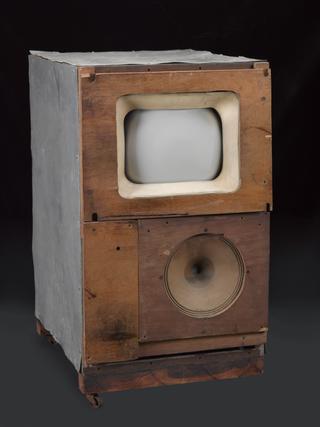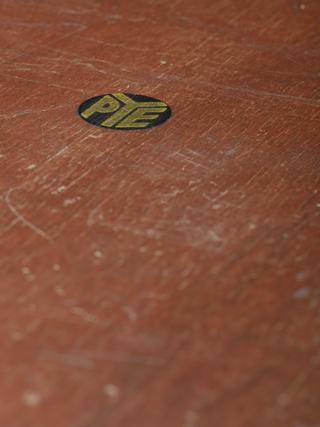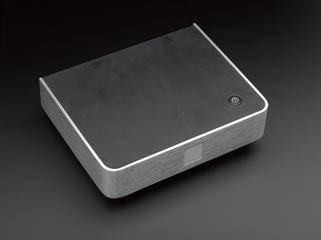Homemade crystal set radio receiver
Broadcast receiver. Generic crystal set, well finished in polished wooden box, unknown maker, 1922.
More
Crystal sets were some of the first available radios. They do not need electricity to work, but the signal they pick up is very weak. The weak signal means you can’t increase the volume and so need to wear headphones to listen in.
Many people built their own crystal sets, but they could also be purchased ready built. Inside, a thin metal wire called the cat’s whisker touches the radio’s crystal, transforming radio signals into sounds we can hear.
It was not until valve radios became available in the mid-1920s that people could listen to radio out loud and in groups without buying multiple pairs of expensive headphones.
- Materials:
- mahogany (wood) , brass (copper, zinc alloy) , metal (unknown) and glass
- Object Number:
- 2012-5118/855/1
- type:
- radio receiver
- Image ©
- The Board of Trustees of the Science Museum
